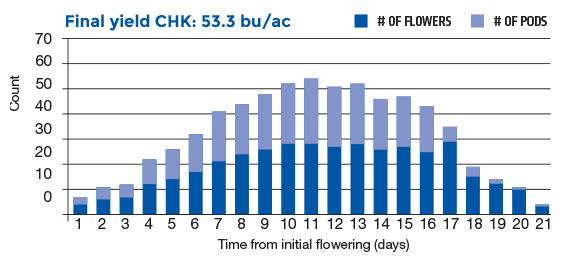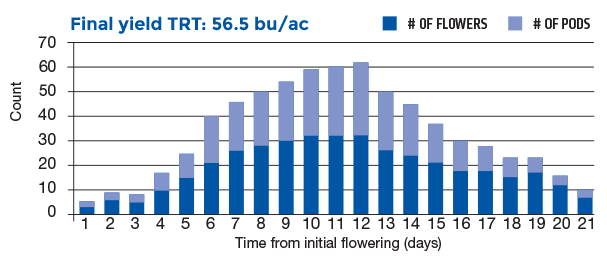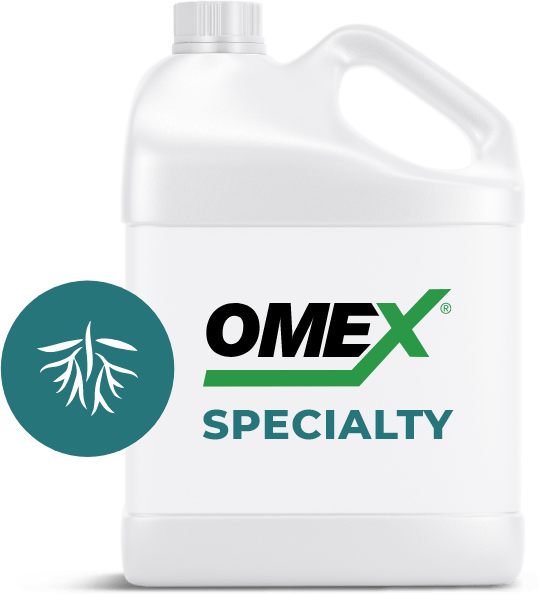
Cytokelp


Plant Growth Regulator
ANALYSIS (0.17-0-0.24 + 0.13% CA, 0.08%MG, WITH 0.25% KINETIN, 6% KELP EXTRACT AND 5% YUCCA EXTRACT)
What is It?
- Cytokelp™ is a CFIA registered plant growth regulator (Fert. Act # 2015147A).
- It contains the growth regulator Kinetin (6-Furfurylaminopurine).
- Cytokelp™ also contains Kelp and Yucca extracts that are well documented to be involved in reducing stress under a variety of conditions and stimulating growth.
- The product is available in 2 × 6 L cases and 450L or 1000L IBC’s.
When & Why Use It?
- Cytokelp™ is recommended on a variety of field crops, vegetables and fruit trees.
- It can be applied in-furrow, by drip-irrigation or drenching or as in-season foliar at the 3-5 leaf stage and early bloom.
- Cytokelp™ contains naturally occurring plant biostimulants that encourage seedling and plant growth and may increase the number and size of flowers/fruit, plant weight, root weight, crop quality and yield while reducing the effects of environmental stress.
- Kinetin is the only Canadian registered cytokinin that can be used on a variety of crop species.
- Kinetin increases the rate of cell division, differentiation and growth.
- It also delays senescence in plant tissues, increases flower set, fruit formation and side branching.
- Kinetin applied at the right timing can lead to an enhancement of growth and development, seed and fruit set and ultimately yield.
What to Expect?
- Stimulation of crop growth and development especially under stress situations.
- Cytokelp™ increases the plant biomass; number and size of flowers/fruit, yield and quality.
Size Options

6L

TOTE
Application Guidelines
- Use on all field crops at 162 ml/ac at 3-5 leaf stage and at early bloom stages. On vegetable apply Cytokelp™ 14–21 days after emergence.
- On turf apply 20–40 ml/100 meter square when grass becomes established. Repeat as necessary.
- Cytokelp™ can be used for hydroponic at 2 ml/L on all crops from 3-5 leaf stage to bloom.
Findings



